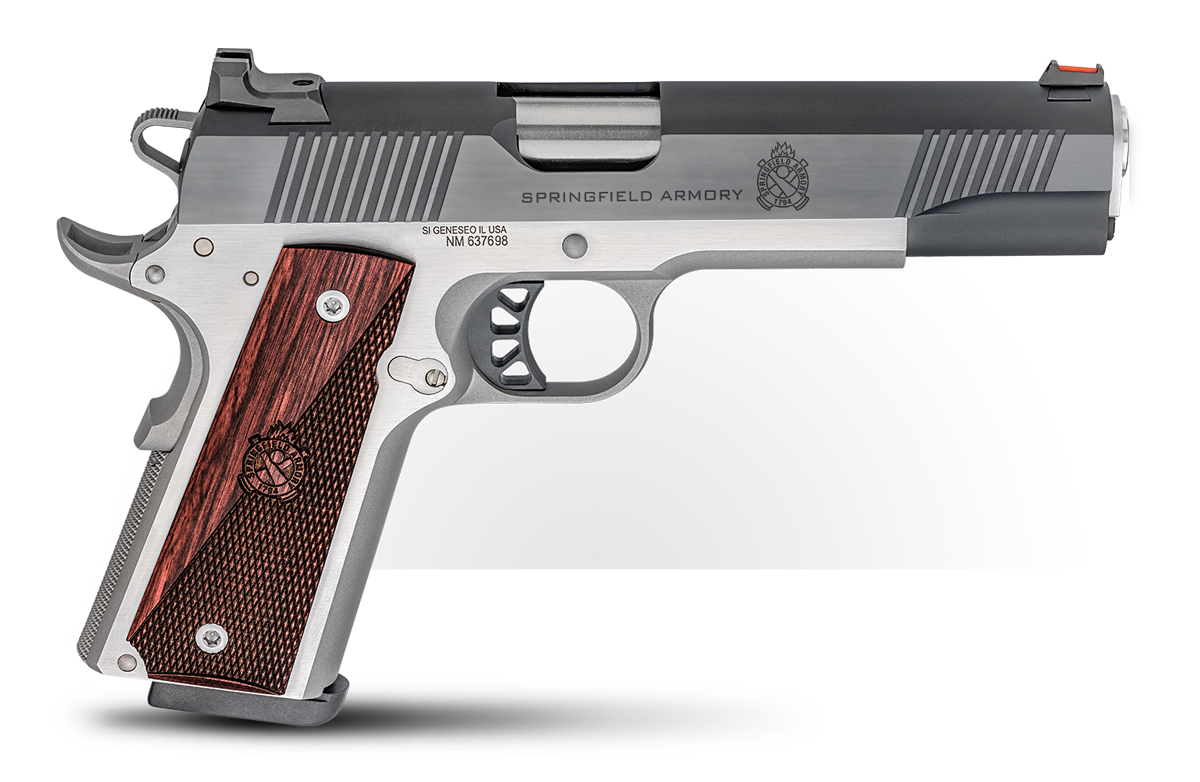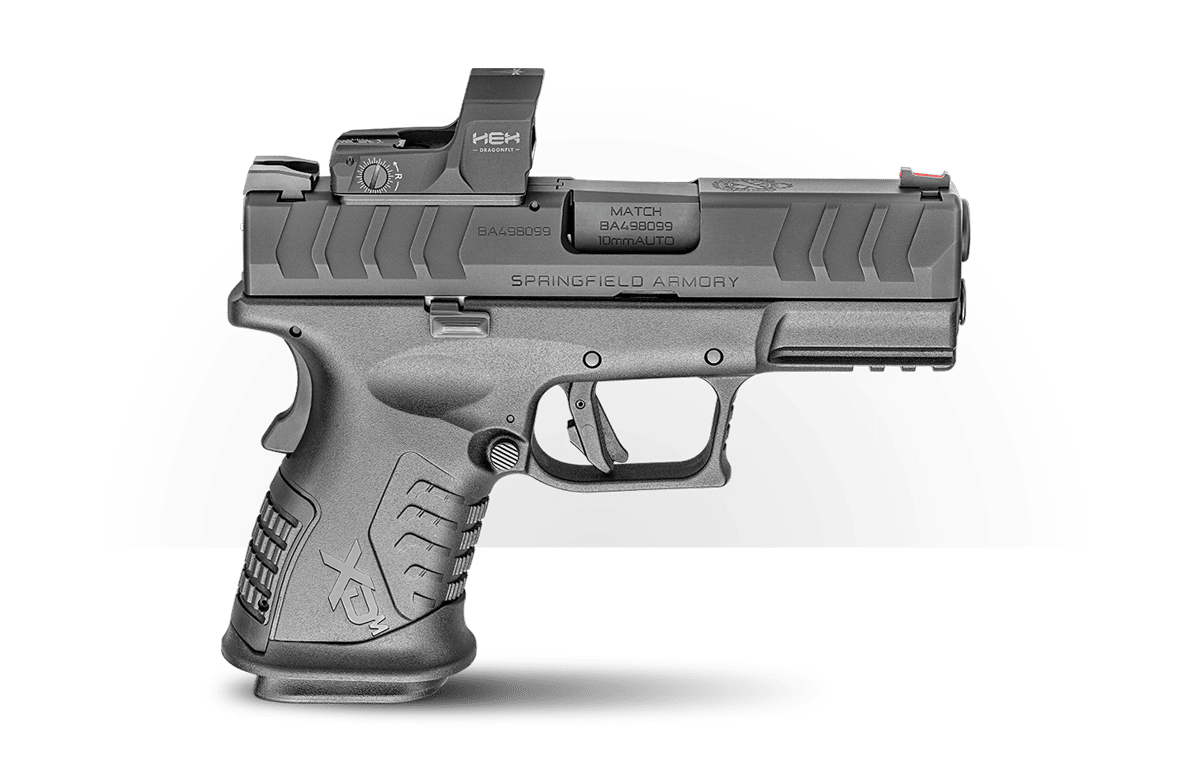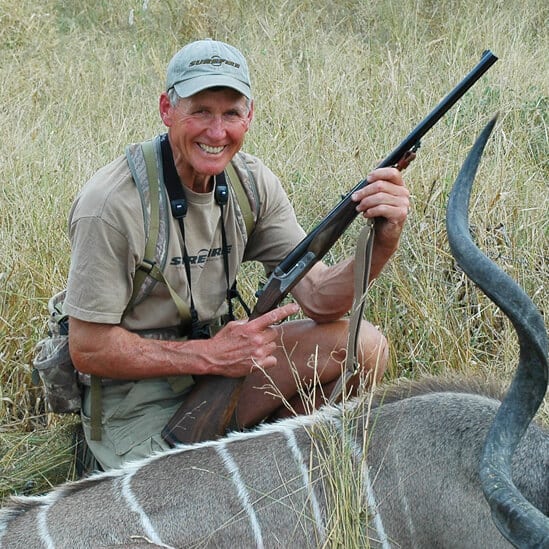Handguns for Bear Defense: Will Any of Them Stop the Threat?
October 10th, 2022
9 minute read
Ed. Note — In today’s article, the author examines the use of handguns for bear defense. As with any defensive article, examine all of the relevant data and laws before deciding on the best handgun for bear country — if any at all.
Cynthia saw the bear as it rose, 10 feet away. She yelled and waved her arms. It didn’t move off but crept toward her. The rush was sudden. Struck “a staggering blow,” Cynthia pitched forward, landing face-down. She willed herself to stay still. The bear bit into her right shoulder and shook her. When she tried to reach the radio in her backpack, the beast tore into her. Conscious of her flesh being shredded and “teeth against bone,” she heard the canines “crunching on my skull.”
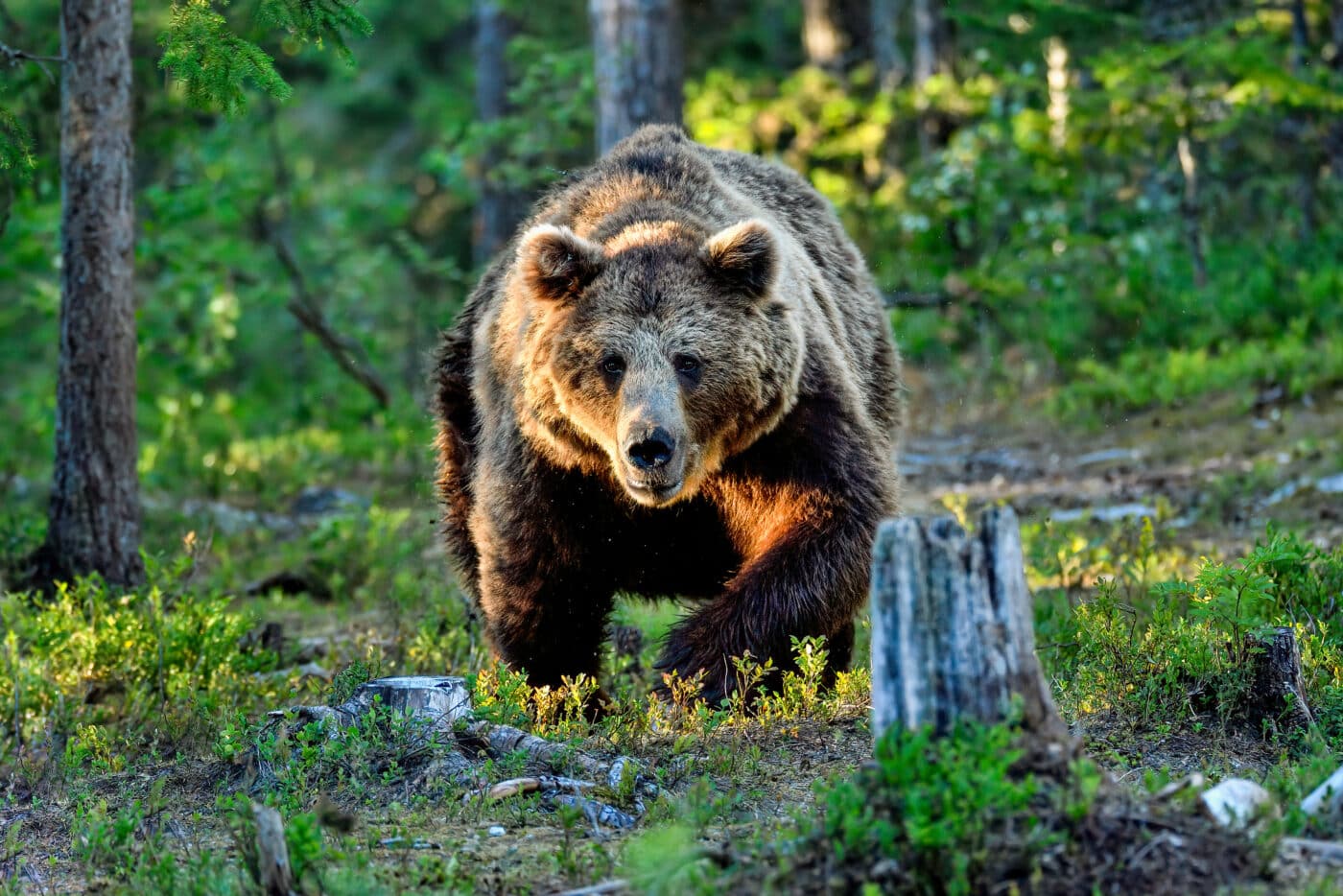
As the bear tugged his prey into the brush by her arm, Cynthia’s backpack ripped, exposing her radio. She managed to key it. “Ed! Come quick!” she screamed. “I’m being eaten by a bear!”
Chopper pilot Ed Spencer, who’d brought the young U.S.G.S. geologist to the Alaska ridge that morning, caught the call, relayed from camp’s radio 80 miles away. When at last he spotted and extracted her, she was badly hurt. Though fit and strong, Cynthia would lose both arms in surgery.
That attack, August 12, 1977, was launched not by a grizzly, but a black bear.
Bear attacks on humans are rare but violent, and sometimes fatal. They distill all we fear in wild places: ambush by an invincible, implacable predator.
No Bear Defense Solutions?
Reports from survivors are typically more lucid than informative. The cause of an assault — even the bear species — may be unclear. In 1980 Canadian journalist Mike Cramond reviewed records of 250 attacks dating to 1929. While the grizzly is widely thought more dangerous than the black bear, this data showed the two a near match in number of attacks: 72 by wild black bears, 80 by wild grizzlies. Human fatality counts were similar too: 12 and 14. Half the humans killed by both species had been fed upon.
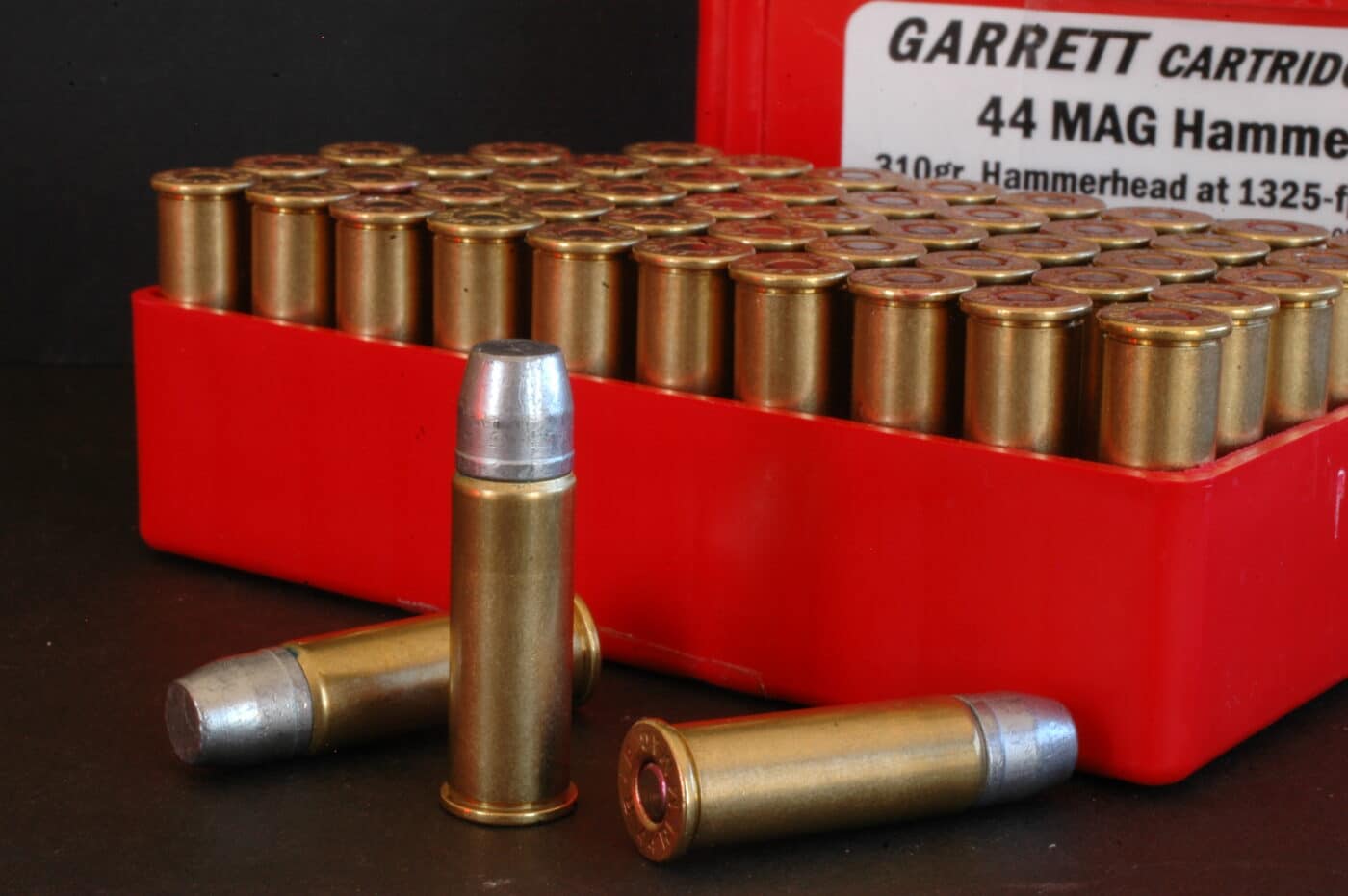
Most commonly, bears attack to protect cubs or a carcass, sometimes when surprised. Yelling and “playing big” can turn a bear with nothing to protect, but less often stops Mama with cubs or a possessive bear over a kill. Dropping on your belly, hands behind your neck, shows a bear you’re no threat — as you cover your vitals. If an attack is predatory, it avails nothing.
Heavy human traffic can leave bears less fearful of people, or unwilling to give way to them. A poor forage year — one with few berries or pine nuts — can trigger more bear/human encounters, as bears range farther, stay afoot longer seeking food. An Ontario wildlife agent who in 1974 “had to kill 51 black bears” reported only 17 in 1977, just one in ’78. The hot, arid summer of 2021, and resulting fires in the northern Rockies and Pacific Northwest, have affected bear forage.
Grizzly attacks during hunting season seem to be increasing. Bear numbers have climbed “above target” in the Yellowstone Ecosystem. Short years ago, packing into elk camp, I was astonished to see a popular stock trail so thick with grizzly prints, they obliterated the horse and mule tracks! Days later, two hunters and their guide were surprised by a grizzly sow and her half-grown cub that barreled toward them from behind, turning at the last moment when the guide fired his .357 in front of the sow.
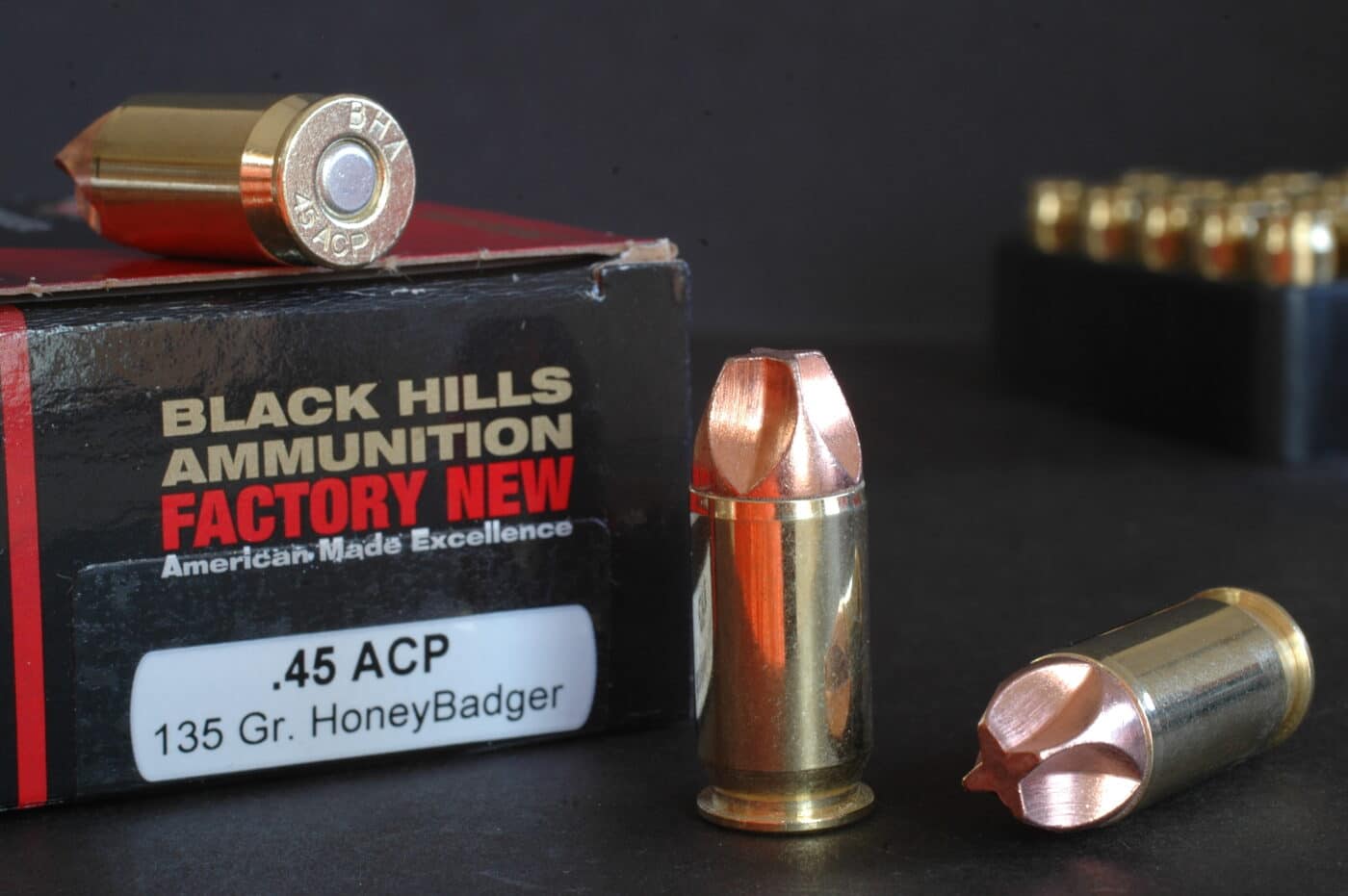
A guide field-dressing an elk the next season was not so lucky. The grizzly sent his client off with light wounds and apparently unable to use a pistol to advantage. The guide was killed.
General advice for people in bear country: Make noise. Travel in groups and only in full daylight. Be alert. Carry bear spray. Avoid thickets and, should you spot them, bears and their kills.
There are several flies in this ointment. If you’re hunting, you don’t want to make noise, or limit travel to stock trails at mid-day, in company with troupes bellowing “Hey, bear!” You won’t always see a bear before it sees you, or recognize a buried kill or berry patch until you’re quite close.
Bear spray is a pious idea. Still, the bear that killed the guide had spray on its hair when rangers dispatched it. Spray takes effect only in a bear’s eyes and nose. You must direct it, and aiming a canister isn’t as intuitive as pointing a pistol. Another challenge: keeping spray available. You’ll probably reach a can quickest if it’s in a chest holster. That’s also the handiest place if a bear takes you down. Practice with bear spray is as necessary as practice with a firearm.
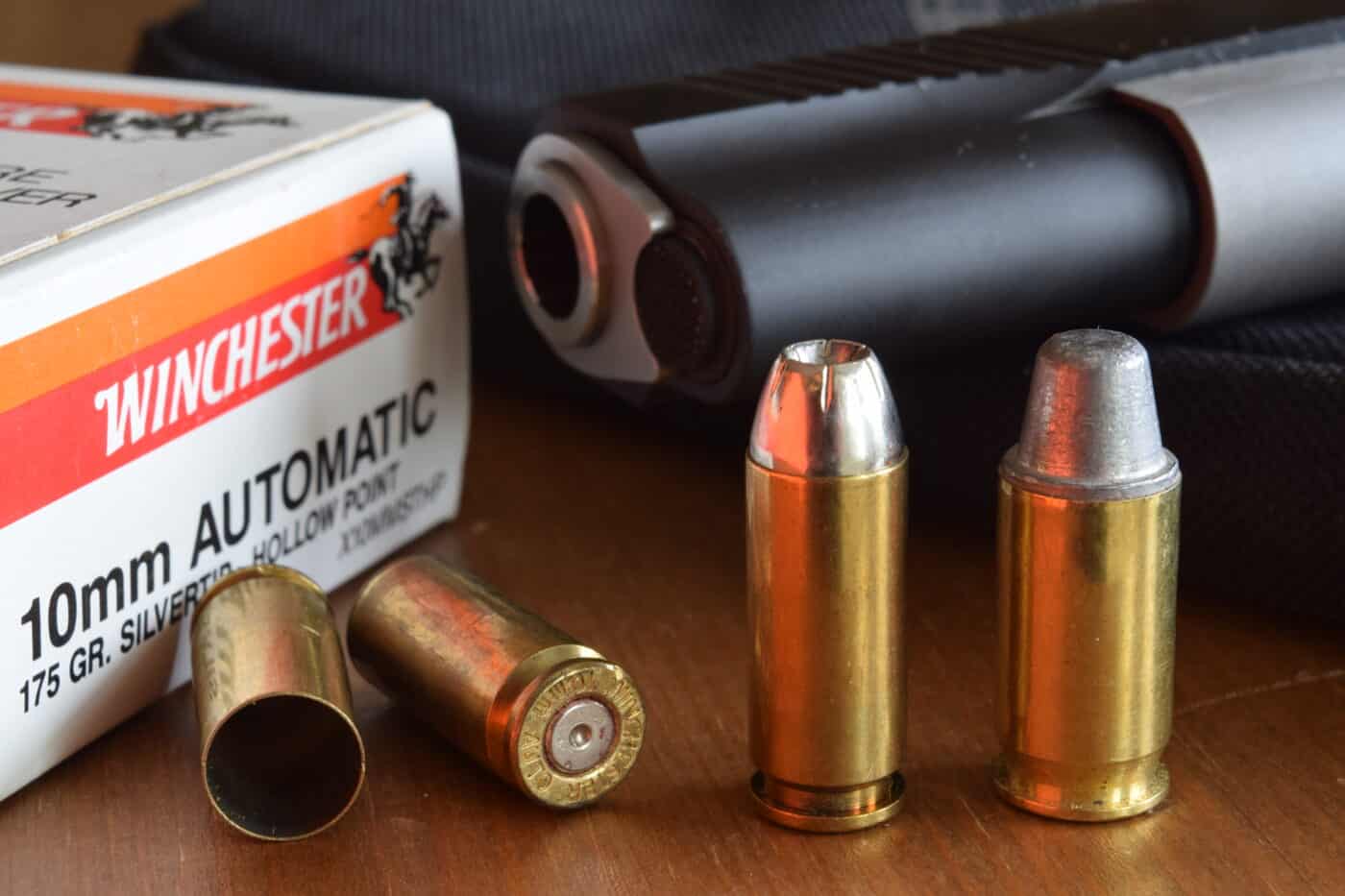
Spray travels about 30 feet. A bear nosing into the cloud can brake before it’s near enough to bite. Still, a bear in mid-sprint can clock 35 mph, gobbling 30 feet in .6 second.
The single advantage bear spray has over bullets: It doesn’t harm the bear. Grizzlies are protected in the lower 48; so are black bears unless you have a license to shoot one.
How About Handguns for Bears?
Many hunters carry a handgun in bear country. Most popular pick: a .44 Magnum revolver. With nearly 1,000 ft-lbs of energy from bullets of 225 to 300 grains leaving a 7½-inch barrel, it’s a champ in the ballistics charts. But an Alaskan brown bear guide once reminded me: “Rifles trump handguns every time. Hitting is easier, and compared to bullets from a .30-30 carbine, even stiff revolver loads are wimps. When clients show up with pistols, I tell ’em their back-up is my .375. It lands 4,200 foot-pounds where they need it, when they need it.”
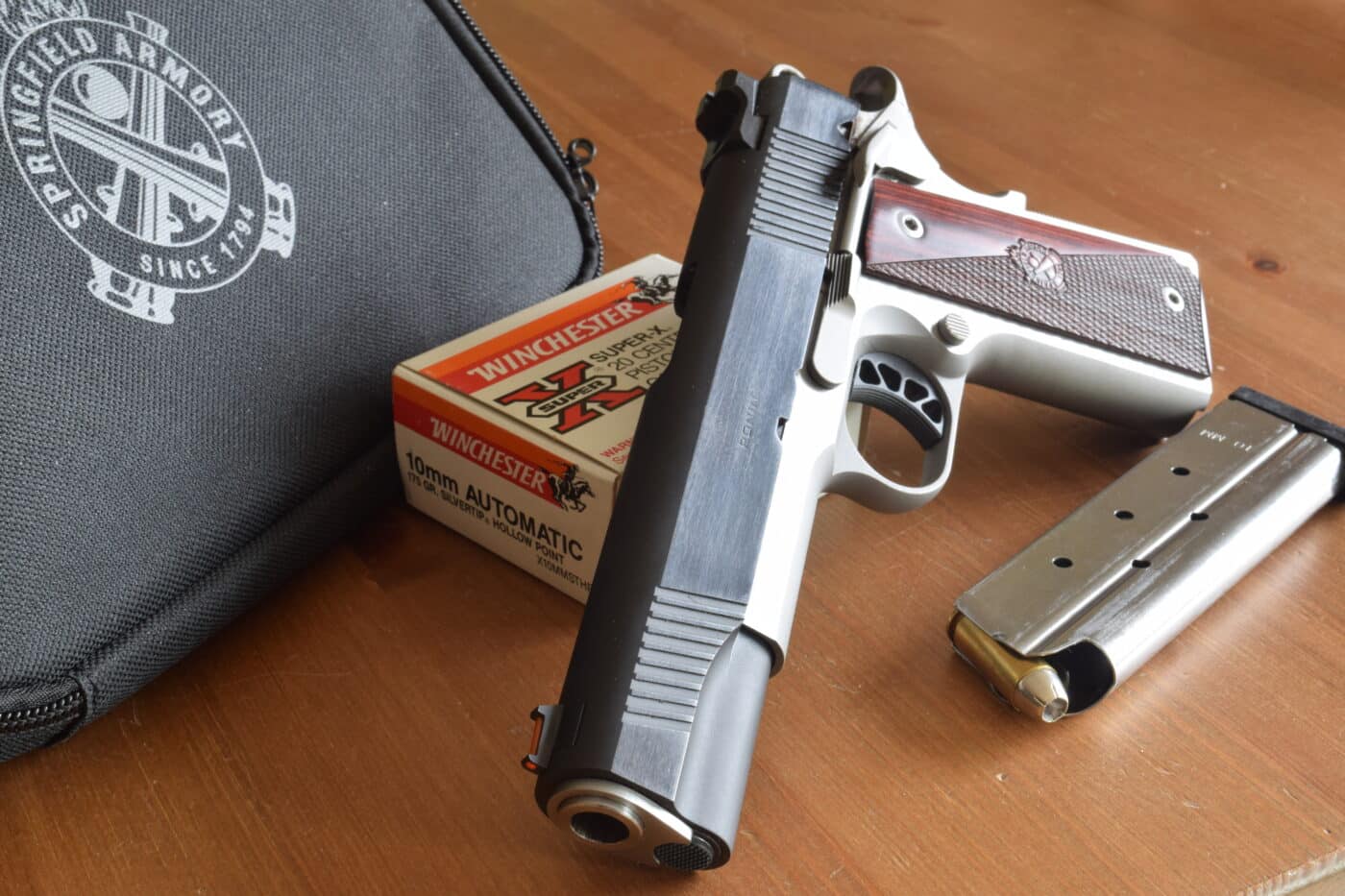
This fellow carried a DA .44 too, as no one was backing him. One day, combing alders for a bear he figured had been fatally shot, he came upon the beast. “A mountain of bear hide erupted in my face. I emptied my .44 as, literally, he ran me over. Those bullets — two tons of energy — didn’t faze him. He died a few yards on, probably from the rifle wound. He was just trying to leave.”
Lesser loads have sufficed. A grizzly trapped for relocation turned on the wildlife biologist who’d released it from a pickup-bed cage. A bullet from his .357 killed the beast mere feet away. His last bullet.
Minimum bullet weights and energy figures for stopping bears are no less arbitrary than those for stopping elephants. Also in common: shots so close that bullet arcs and downrange ballistics don’t matter.
A friend uses a .357 with 180-grain hard-cast bullets. “You need penetration.” His load gets 500 ft-lbs from a 6-inch barrel. A .41 Magnum with a 210-grain Swift A-Frame (Federal load) sends over 850 ft-lbs out the muzzle. Both are easier to control in recoil than the .44 Magnum, much gentler than the .454 Casull, wringing over 1,500 ft-lbs from a 300-grain A-Frame.
Pistols for Bear Defense: the Modern Option?
Reliability has been cited as a reason autoloaders seldom sell as bear guns. But current renditions of the 1911, such as those from Springfield Armory, cycle with sunrise certainty. Haven’t autos become the overwhelming favorites for home defense? Modern .45 ACP loads include some heaving more than 400 ft-lbs — my arbitrary bear-stopping minimum. Hornady’s 220-grain FlexLock and 230 XTP deliver 460 from 5-inch barrels. Cor-bon and Remington list 165- and 185-grain JHPs with well over 500 ft-lbs!
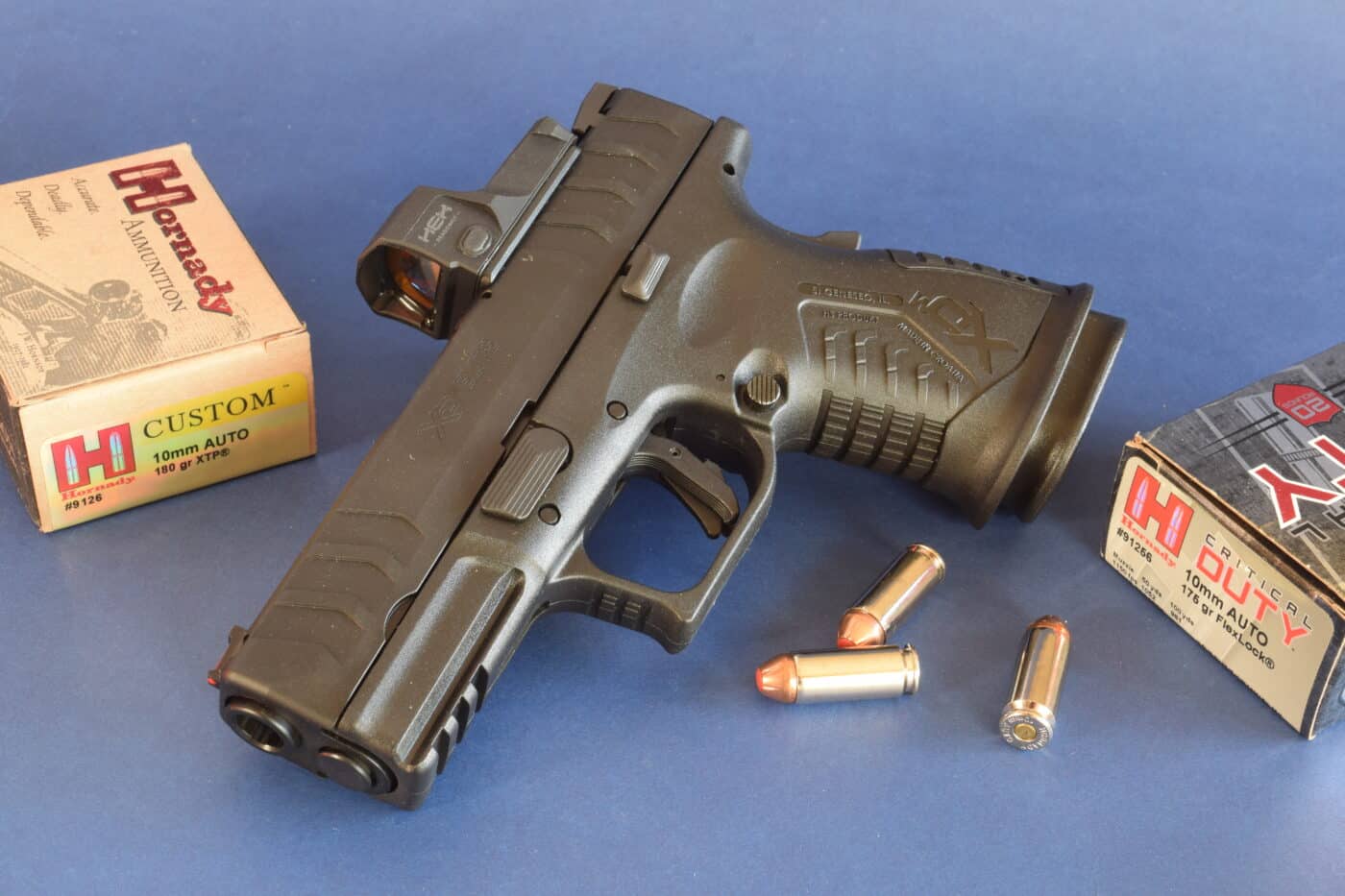
The .40 punches above its size. Remington 165-grain BJHPs exit packing 480 ft-lbs, which Winchester delivers with its 165-grain Defender .40 load. Winchester’s 155-grain Silvertip HP eclipses the 500-ft-lbs mark. In lead-core bullets, 155 grains is about as light as seems to me suitable for irritable bears at arm’s length. Solid-copper bullets designed to drive deep, like the Black Hills Honey Badger, are an exception. BHA’s Honey Badger load for the .40: a 115-grain bullet zipping from the barrel at 1,325 fps, for 448 ft-lbs!
The .40 arrived on the heels of the 10mm Auto, introduced in the Bren Ten pistol in 1983 but given market traction six years later when the FBI blessed it as its official pistol round. The 10mm, shooters found, had more case than was needed to send 200-grain bullets at 1,000 fps. Trimming the hull from .992 to .850 hiked efficiency and suited it to existing 9mm frames and slides. Like the 9mm, the .40 S&W runs a listed SAAMI pressure of 35,000 psi — 14,000 psi higher than the .45 ACP’s.
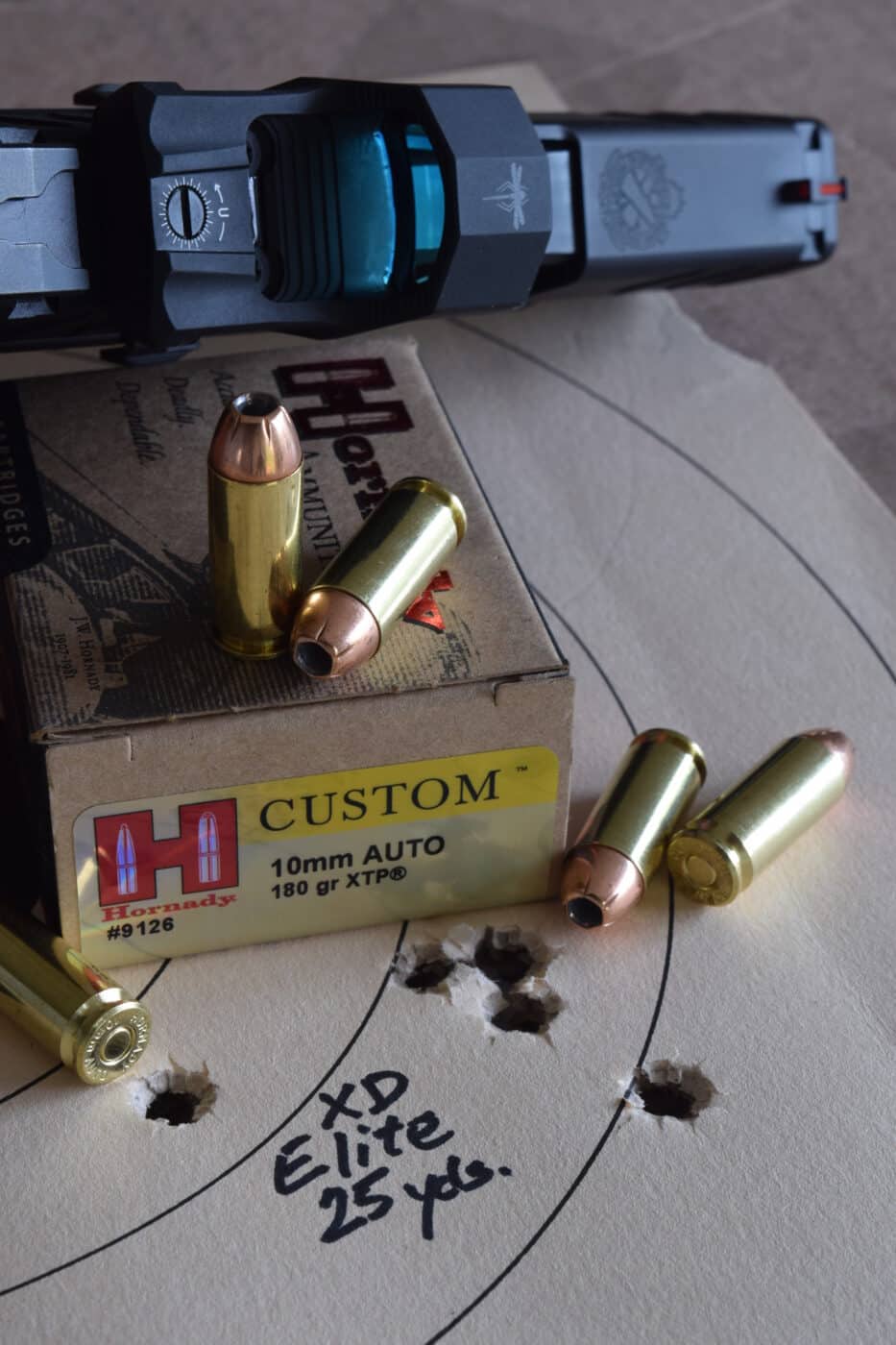
I rediscovered the 10mm recently with a Springfield Armory 1911 Ronin — but also Springfield’s spanking new XD Elite. Both enable the 10 to stretch its legs. Loaded by Federal with a 180-grain Trophy Bonded bullet to 1,275 fps, it brings a bone-crunching 650 ft-lbs out the muzzle. Federal’s 200-grain HST clocks 1,130 fps, lands with over 560 ft-lbs. Hornady lists four 10mm loads, including 180-grain and 155-grain XTPs that carry 650 and 684 ft-lbs. Remington’s 180-grain FMJ delivers 530 ft-lbs. Winchester has a 175-grain Silvertip HP that exits with 560, and a 180-grain Defender packing 615. Bears beware!
A New Perspective on Bear Pistols
Sweet on big-bore DA revolvers, I hardly thought the XD-M Elite would match their appeal. But a range session tested my fidelity. The Elite’s double-stack magazine bumped its grip dimensions to fit my big hand perfectly. Intelligent contouring and impeccable balance gave it a nose for the target. I thumbed in Winchester cartridges. They cycled perfectly. Ditto Hornady loads.
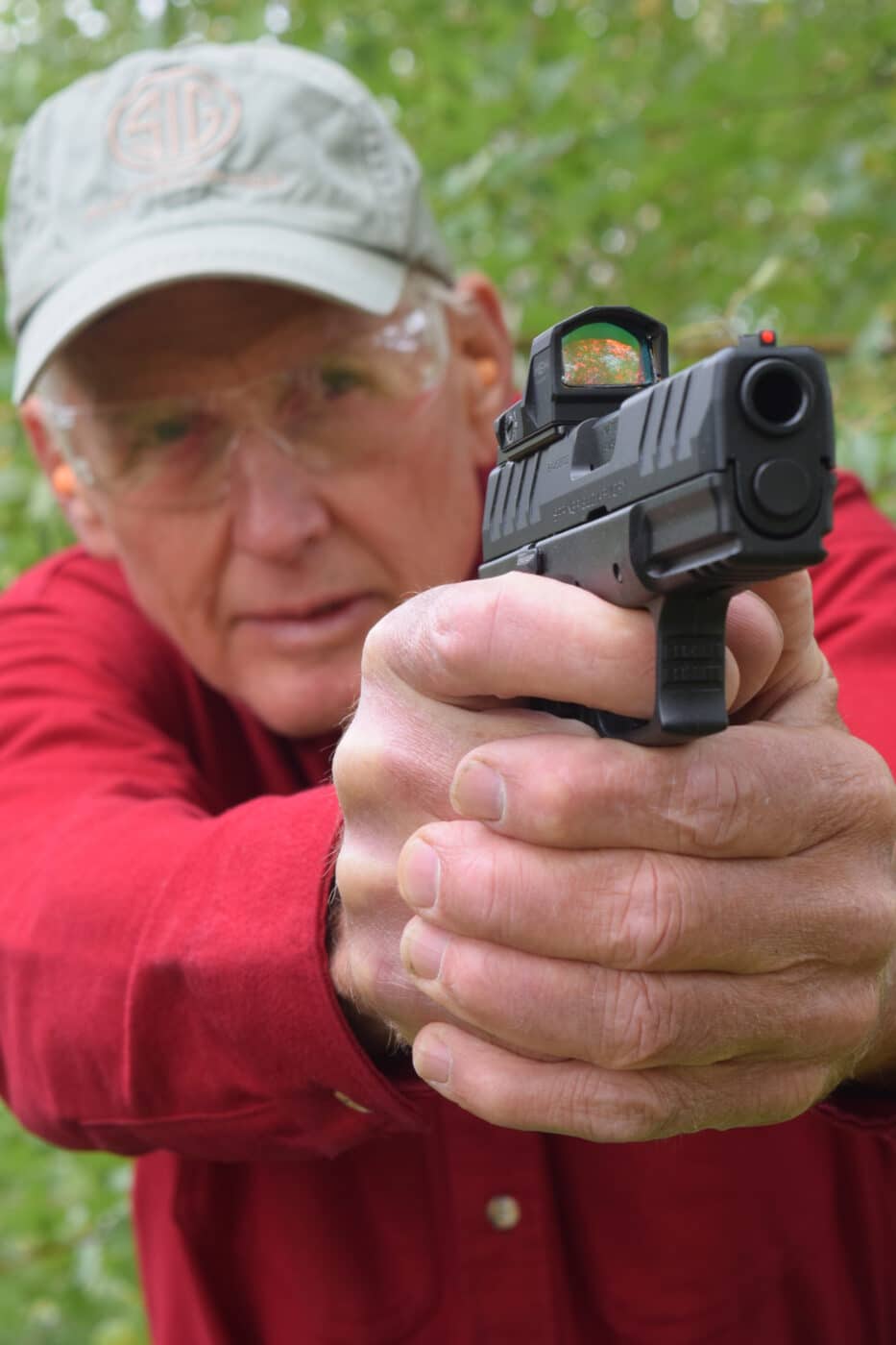
At 25 yards my first bench group was promising. Three of the next five holes touched in a triangle that held four shots inside 1.4 inches. Of course, I had to nudge the fifth an inch out at 9 o’clock! But clearly this pistol, well directed, is capable of golf-ball groups at 25 steps. I’ve shot rifles that wouldn’t do much better. As pleasing was the Elite’s civil behavior in recoil. I brought out the Ronin, fired it with the same loads and, though I’m mighty fond of 1911s, found kick a tad sharper with that sidearm.
No stranger to XDs, I like this 10mm Elite best of any I’ve fired. Trigger pull is a consistent 5.3 pounds. The pistol’s flat profile keeps it closer to my hip than a revolver with the same thump. A revolver can’t match the XD’s 10-shot capacity. The 3¾-inch barrel makes for finger-quick pointing, easy sitting. The factory-installed HEX Dragonfly red-dot sight, a favor to aging eyes, hunkers low and speeds aim.
A bear-stopper? With 600 ft.-lbs. of smash, the 10mm XD-M Elite qualifies! But there’s a caveat.
Conclusion
Carrying handguns in bear country is often discouraged and in some areas disallowed, lest people use them prematurely, crippling or killing creatures that pose no threat. False charges to shoo you off are hard to tell from the real thing. Given time for only one aimed shot, should you charitably send it into the ground? “Depends on how lucky you feel,” shrugged the fellow whose .357 turned the sow and cub. Your decision to fire at a protected animal or into the earth — or not to fire at all — can determine the fortunes of the day.
Editor’s Note: Please be sure to check out The Armory Life Forum, where you can comment about our daily articles, as well as just talk guns and gear. Click the “Go To Forum Thread” link below to jump in!
Join the Discussion
Featured in this article
Continue Reading
Did you enjoy this article?

 440
440




